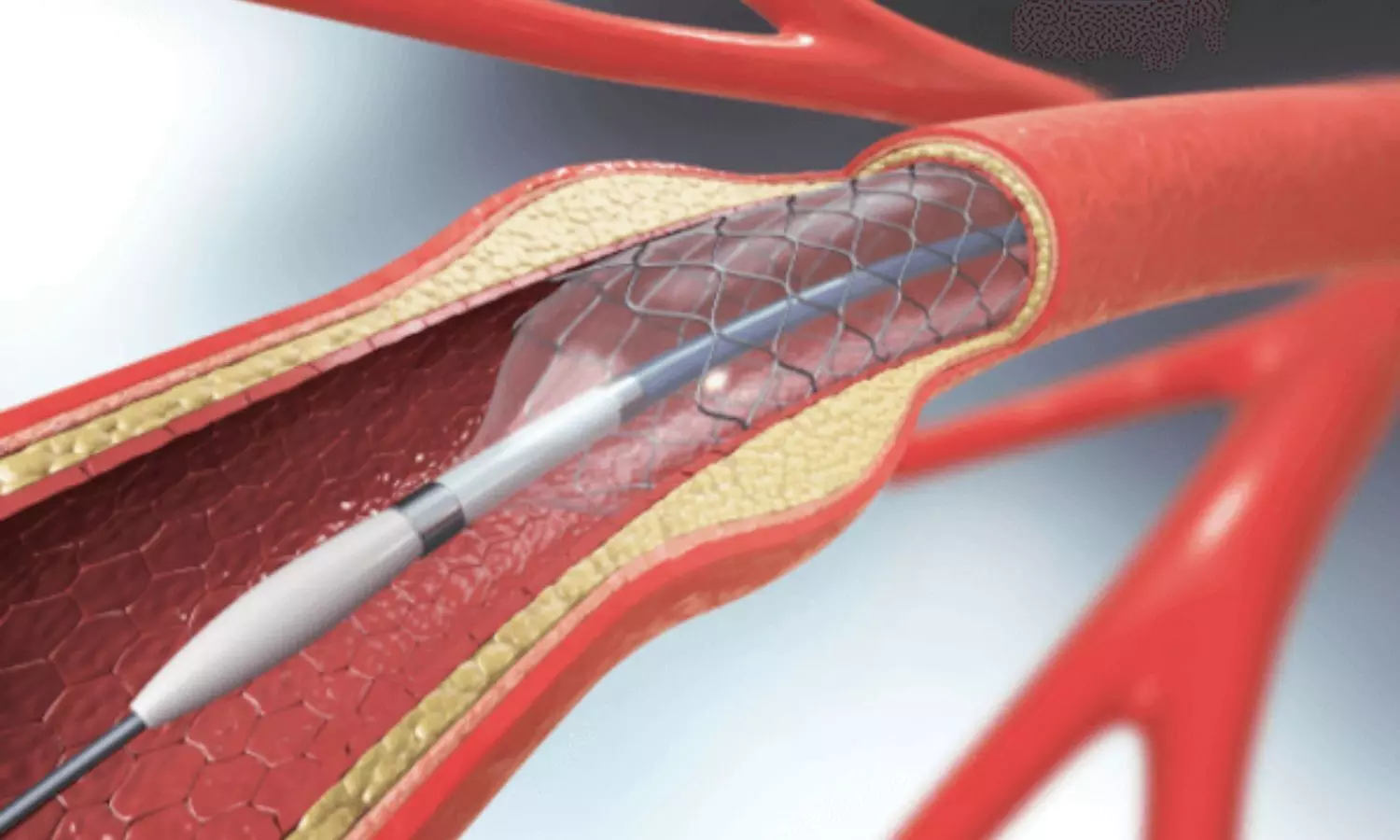- Home
- Medical news & Guidelines
- Anesthesiology
- Cardiology and CTVS
- Critical Care
- Dentistry
- Dermatology
- Diabetes and Endocrinology
- ENT
- Gastroenterology
- Medicine
- Nephrology
- Neurology
- Obstretics-Gynaecology
- Oncology
- Ophthalmology
- Orthopaedics
- Pediatrics-Neonatology
- Psychiatry
- Pulmonology
- Radiology
- Surgery
- Urology
- Laboratory Medicine
- Diet
- Nursing
- Paramedical
- Physiotherapy
- Health news
- Fact Check
- Bone Health Fact Check
- Brain Health Fact Check
- Cancer Related Fact Check
- Child Care Fact Check
- Dental and oral health fact check
- Diabetes and metabolic health fact check
- Diet and Nutrition Fact Check
- Eye and ENT Care Fact Check
- Fitness fact check
- Gut health fact check
- Heart health fact check
- Kidney health fact check
- Medical education fact check
- Men's health fact check
- Respiratory fact check
- Skin and hair care fact check
- Vaccine and Immunization fact check
- Women's health fact check
- AYUSH
- State News
- Andaman and Nicobar Islands
- Andhra Pradesh
- Arunachal Pradesh
- Assam
- Bihar
- Chandigarh
- Chattisgarh
- Dadra and Nagar Haveli
- Daman and Diu
- Delhi
- Goa
- Gujarat
- Haryana
- Himachal Pradesh
- Jammu & Kashmir
- Jharkhand
- Karnataka
- Kerala
- Ladakh
- Lakshadweep
- Madhya Pradesh
- Maharashtra
- Manipur
- Meghalaya
- Mizoram
- Nagaland
- Odisha
- Puducherry
- Punjab
- Rajasthan
- Sikkim
- Tamil Nadu
- Telangana
- Tripura
- Uttar Pradesh
- Uttrakhand
- West Bengal
- Medical Education
- Industry
Prophylactic Tranexamic acid usage fails to substantially reduce post C-section bleeding

According to a new study,Tranexamic acid appears no more effective than placebo in reducing the need for blood transfusion or preventing maternal death in patients with increased risk for excessive bleeding because of cesarean delivery. The study has revealed that Tranexamic acid prophylactic usage during cesarean birth did not result in a substantially decreased risk of a composite outcome of maternal mortality or blood transfusion compared to placebo.
The study results were published in the journal The New England Journal of Medicine.
Postpartum Hemorrhage is one of the major causes of maternal mortality. Previous studies indicate that tranexamic acid can improve hemostasis by fibrinolytic inhibition. But there is uncertainty if the administration of tranexamic acid immediately after umbilical-cord clamping would lead to a lower risk of maternal death or blood transfusion than a placebo among patients undergoing scheduled or emergency cesarean delivery. Hence researchers conducted a study to assess the effect on the need for blood transfusions.
A multicenter, double-blind, randomized, controlled trial at 31 hospitals participating in the Maternal–Fetal Medicine Units Network of the Eunice Kennedy Shriver National Institute of Child Health and Human Development (NICHD). Patients were randomly assigned to receive either tranexamic acid or a placebo after umbilical cord clamping. The primary outcome was a composite of maternal death or blood transfusion by hospital discharge or 7 days after delivery, whichever occurred first. The key secondary outcomes were the anticipated intraoperative blood loss of more than 1 liter (prespecified as a significant secondary objective), interventions for bleeding and associated challenges, the preoperative-to-postoperative change in hemoglobin level, and postpartum infectious issues. Adverse events were evaluated.
Key findings:
- A total of 11,000 participants underwent randomization.
- Out of the total, 5529 were randomized to the tranexamic acid group and 5471 to the placebo group; scheduled cesarean delivery accounted for 50.1% and 49.2% of the deliveries in the respective groups.
- Nearly 201 of 5525 participants (3.6%) in the tranexamic acid group and 233 of 5470 (4.3%) in the placebo group had an occurrence of the primary outcome.
- Estimated intraoperative blood loss of more than 1 liter occurred in 7.3% of tranexamic acid group participants and 8.0% of placebo group participants.
- Interventions for bleeding complications occurred in 16.1% of the participants in the tranexamic acid group and 18.0% of those in the placebo group; the change in the hemoglobin level was −1.8 g per deciliter and −1.9 g per deciliter, respectively; and postpartum infectious complications occurred in 3.2% and 2.5% of the participants, respectively.
- The frequencies of thromboembolic events and other adverse events were similar in the two groups.
Thus, Tranexamic acid prophylactic usage during cesarean birth did not result in a substantially decreased risk of a composite outcome of maternal mortality or blood transfusion compared to placebo.
Further reading: Pacheco LD, Clifton RG, Saade GR, et al. Tranexamic Acid to Prevent Obstetrical Hemorrhage after Cesarean Delivery. N Engl J Med. 2023;388(15):1365-1375. doi:10.1056/NEJMoa2207419
BDS, MDS
Dr.Niharika Harsha B (BDS,MDS) completed her BDS from Govt Dental College, Hyderabad and MDS from Dr.NTR University of health sciences(Now Kaloji Rao University). She has 4 years of private dental practice and worked for 2 years as Consultant Oral Radiologist at a Dental Imaging Centre in Hyderabad. She worked as Research Assistant and scientific writer in the development of Oral Anti cancer screening device with her seniors. She has a deep intriguing wish in writing highly engaging, captivating and informative medical content for a wider audience. She can be contacted at editorial@medicaldialogues.in.
Dr Kamal Kant Kohli-MBBS, DTCD- a chest specialist with more than 30 years of practice and a flair for writing clinical articles, Dr Kamal Kant Kohli joined Medical Dialogues as a Chief Editor of Medical News. Besides writing articles, as an editor, he proofreads and verifies all the medical content published on Medical Dialogues including those coming from journals, studies,medical conferences,guidelines etc. Email: drkohli@medicaldialogues.in. Contact no. 011-43720751




